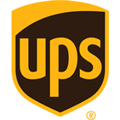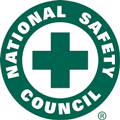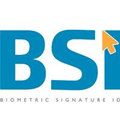Back Up Google And Facebook Data
We are increasingly reliant on online calendars and address books, but when you store everything in the cloud, there is the possibility that your essential data could evaporate.
Some insist that you have nothing to worry about but what if you got hacked and all your data was deleted? What if you temporarily lost Internet access, but you need your contacts or calendars?
Backing up any type of vital data is always a smart decision. Here’s a few simple and inexpensive tools to back-up data you’ve stored in the cloud:
MyCube Vault, for Mac or Windows, is a free utility that backs up your Facebook data, Google Contacts, and Picasa photos and albums at regular intervals. You choose how frequently and where your data should be saved. Once you have installed the app and authorized it to access each of the services you want to back up, the process is painless and automatic. If you’re concerned about downtime or wary of keeping your data in the cloud, MyCube Vault is worth a look.
Backupify, for Google Apps, keeps independent backups of all your Google Apps data, where it can’t be stolen, corrupted or deleted, even by your own domain users. You can search, download, and restore your Google Apps data any time. Backupify offers a free trial.
In addition to using a cloud-based backup storage service, you should also back up this data locally on an external drive.
Robert Siciliano, personal security expert contributor to Just Ask Gemalto, discusses hackers hacking hotels on CNBC. Disclosures

























